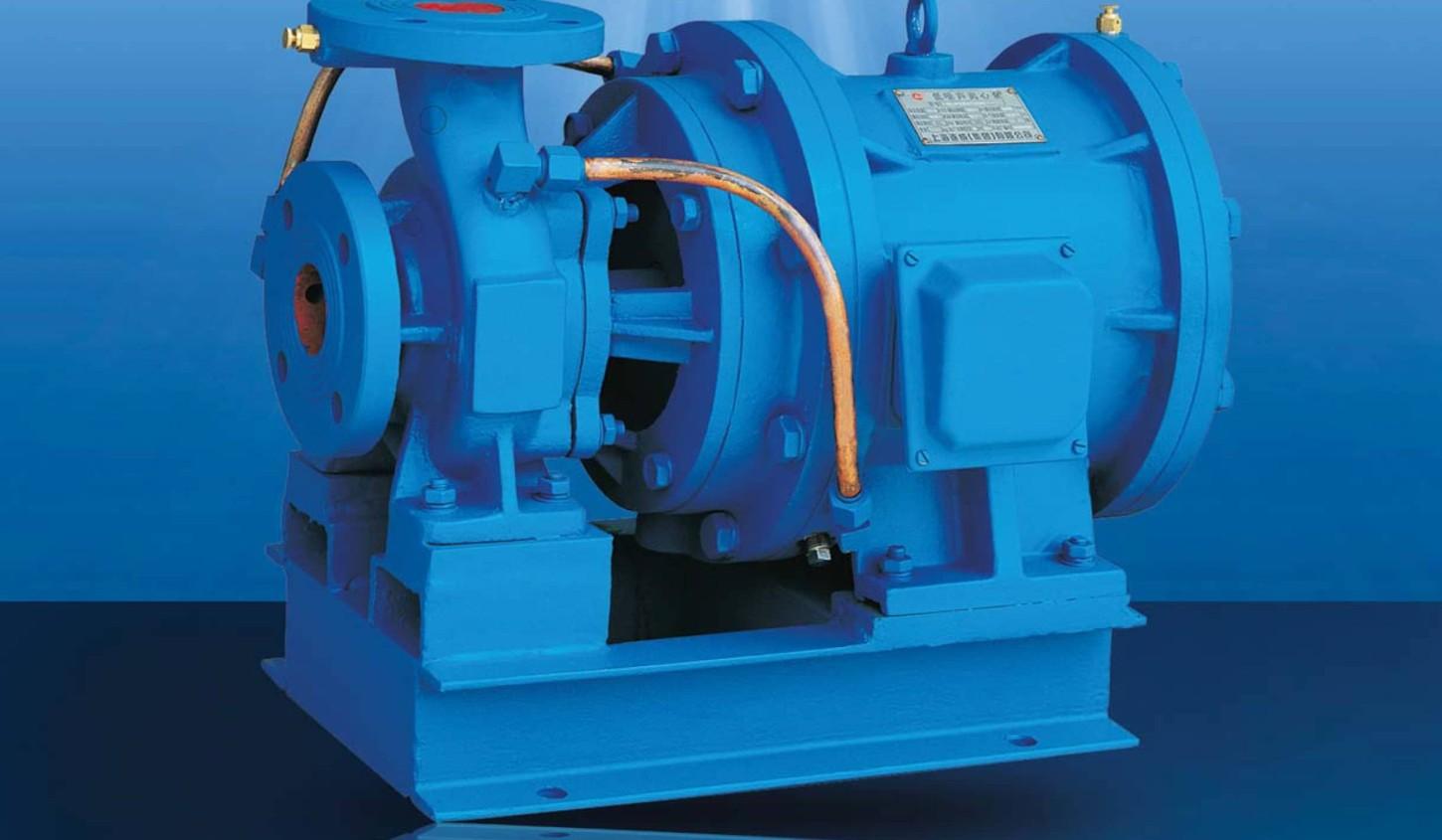Get more insights on Centrifugal Pump
Centrifugal Pumps: An Essential Piece of Machinery for Fluid Transfer

Centrifugal pumps use centrifugal force to transfer liquids or gases from one point to another. Inside the pump housing is an impeller – a rotating component with vanes that spin and push the fluid outwards. As the impeller spins, it pulls fluid in from the center and slings it outward via centrifugal force, building up pressure in the process. The pressurized fluid exits the impeller eye and is discharged through the pump outlet.
Sealing and Bearings
Centrifugal pumps have seals to prevent leakage between the stationary pump casing and the rotating impeller shaft. Common types of seals include mechanical seals, stuffing boxes, and labyrinth seals. The impeller is mounted on a shaft that rotates within bearings, which allow spinning with minimal friction. Typical bearing arrangements use ball or roller bearings designed for continuous operation in wet or dirty environments. Proper lubrication and maintenance are necessary to prolong bearing life.
Pump Components
In addition to the impeller and shaft/bearings assembly, Centrifugal Pump consist of several main components. The suction inlet draws fluid into the eye of the impeller. The casing houses and guides the fluid, with a volute that collects and accelerates the discharged fluid in a spiral pattern. A discharge outlet directs the pressurized fluid to its destination. Additional features may include suction and discharge piping, mounting feet, driver coupling, shaft sealing, and casing wear rings.
Applications
Due to their simple and robust design, centrifugal pumps find use in countless industrial and commercial applications that require fluid transfer. Some common examples include:
- Water/wastewater systems - Used for water supply, sewage transfer, drainage, irrigation piping networks and more. Municipal water systems rely heavily on centrifugal pumps.
- Cooling systems - Circulate cooling water or other heat transfer fluids through power plants, factories, engine jackets and more to remove excess heat.
- Oil/petroleum industry - Move crude oil, gasoline, lubricating oils and other petroleum products between storage tanks and processing equipment.
- Marine transportation - Pump bilge, ballast and firefighting water aboard ships and ocean vessels.
- Pulp and paper manufacturing - Handle pulp slurries, white water, coating colors and other papermaking fluids.
- Food and beverage processing - Transfer liquids involved in bottling, canning, brewing, dairy production and more. Sanitary centrifugal pumps are common.
- Pool and spa equipment - Circulate water through swimming pools, hot tubs, fountains and decorative water features.
- Art
- Causes
- Crafts
- Dance
- Drinks
- Film
- Fitness
- Food
- Games
- Gardening
- Health
- Home
- Literature
- Music
- Networking
- Other
- Party
- Religion
- Shopping
- Sports
- Theater
- Wellness
- IT, Cloud, Software and Technology


